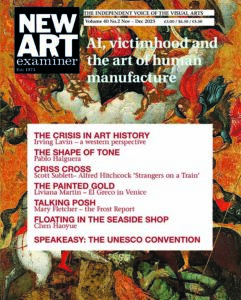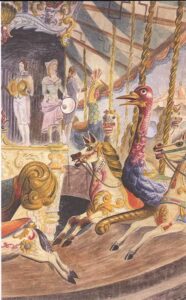
Irving Lavin
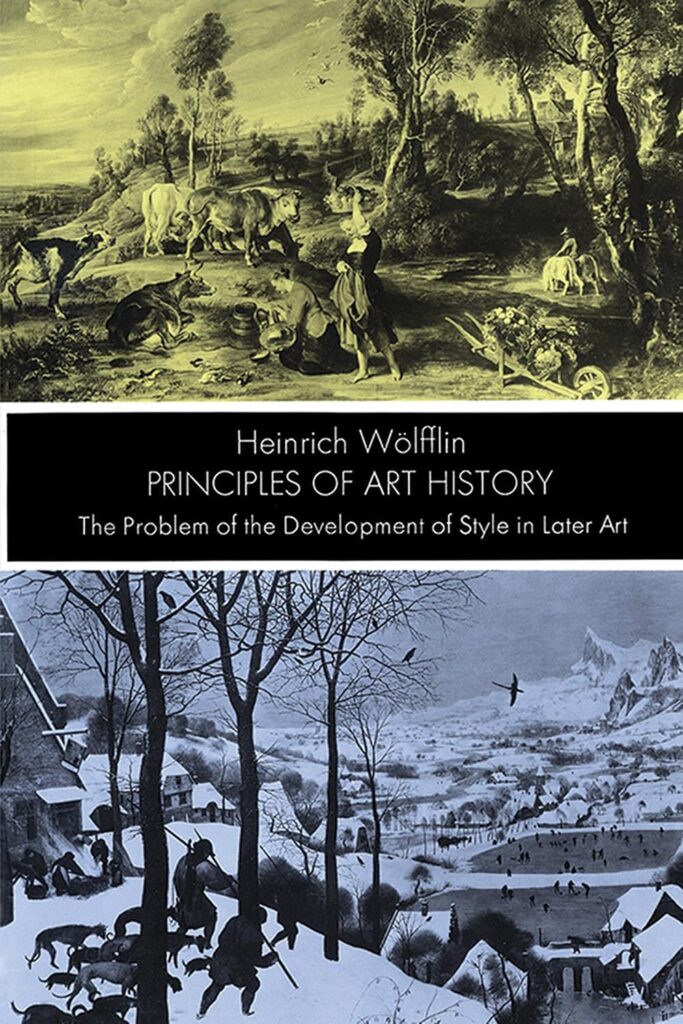
Theory in My Time
When 1 entered graduate school in the history of art at the Institute of Fine Arts in New York in the early 1950s, theory was the farthest thing from my mind. In fact, for me and for many of my cohorts, theory was a rather suspect concept, tainted as it was by theories of race (which classified human beings hierarchically) and theories of quality (which classified works of art hierarchically). We read the classic works of the founding fathers, especially Aloïs Riegl and Heinrich Wölfflin (always on our own, never as part of courses). But no one sought to follow them in their quest for the foundations of the discipline – an enterprise that in any case seemed uninspiring compared with the joy and excitement of working with the ‘objects.’ Moreover, theoretical structures risked limiting the range and depth of individual creativity, or even collective creativity in the case of regional or period styles.
The crisis of my generation was not of theory, but of values. We were embarked on a mission of redemption, to discover, or recover, domains of art that our much admired predecessors, focused elsewhere, had neglected, undervalued, or misinterpreted. This salvific exploration took essentially two distinct but often interconnected directions, one formal, the other intellectual. The formal revolution was devoted to rescuing artists and styles found guilty of vacuity or ineptitude by the mainstream of art-historical tradition. The most egregiously aggrieved victims stood at opposite ends of the cultural scale. On the one hand, there was the epigonic sophistication of Mannerism, and its later, even more despised ossification Maniera, which famously found no place in Wölfflin’s theory of perceptual modes. Impassioned reclamations were made by the first postwar American scholars trained by the German immigrants, especially Walter Friedlaender and Richard Krautheimer: Sydney Freedberg on Parmigianino, Frederick Hartt on Giulio Romano, John Coolidge on Vignola, Craig Smyth on Bronzino. The qualities of ambiguity, anxiety, and crisis (such were the terms of understanding that permeated these re-evaluations), following hard upon the noble equilibrium of the High Renaissance, had personal resonance for the members of that generation, many of whom had experienced the war first hand. Another province to be conquered was late antiquity, the period whose very name, like Mannerism, expressed the idea of decadence and deficient originality. It came to be realized that the crude, disjointed, sometimes patently archaizing and aggressively simplified ‘late antique’ style represented not an unconscious disintegration but a deliberate rejection of classical ideals, an act of volition that played a seminal role in the genesis of a new spirituality in which medieval art took root. The immediate source of inspiration was Ernst Kitzinger, also a refugee scholar, whose little handbook for the British Museum – the very title of which, Early Medieval Art, emphasized the creative legacy of the period – became a primer for me and others of my age who followed this path.
This zealous rediscovery of disaffected aspects of the past had the earmarks of a religious crusade; there was even an element of political consensus – never articulated, to be sure-since, consciously or not, the plight of Mannerism and late antiquity was somehow analogous to that of the victims of Fascism. Remember, too, that those were the heady days of Abstract Expressionism and the exaltation of primitive art, which seemed equally defiant of attitudes that sought to limit, rather than expand, the freedom of the psyche. The point was to appreciate the self-sufficiency, validity, and meaningfulness of these aberrant stylistic phenomena.
Meaning, in fact, links the formal to the conceptual revolution of my contemporaries, which might otherwise seem antithetical. Our other mission was the discovery that works of art have meaning beyond their purely formal significance as expressions of visual culture. The cri de guerre was iconography, the study of the subject matter of works of art that revealed their intellectual content, on a par with and often involving works of literature, philosophy, theology, and other modes of thought more commonly associated with such content. The belief that artists could speak their minds as well as their hearts with their hands transformed art history from an effete exercise in connoisseurship and appreciation into a rigorous and challenging history of ideas with a distinctive methodology that Erwin Panofsky raised to the level of a humanistic discipline in its own right – above all through his uncanny ability to ‘explain’ the content of works of art by reference to a wide variety of evidence from other fields. Art was thus no longer viewed as a rara avis aloft in the rarefied atmosphere of elitist aesthetics but as an integral part of our cultural heritage, accessible to anyone with the requisite imagination, intelligence, and persistence. The study of visual images thus became an intellectual endeavor comparable to fields in which words were the medium.
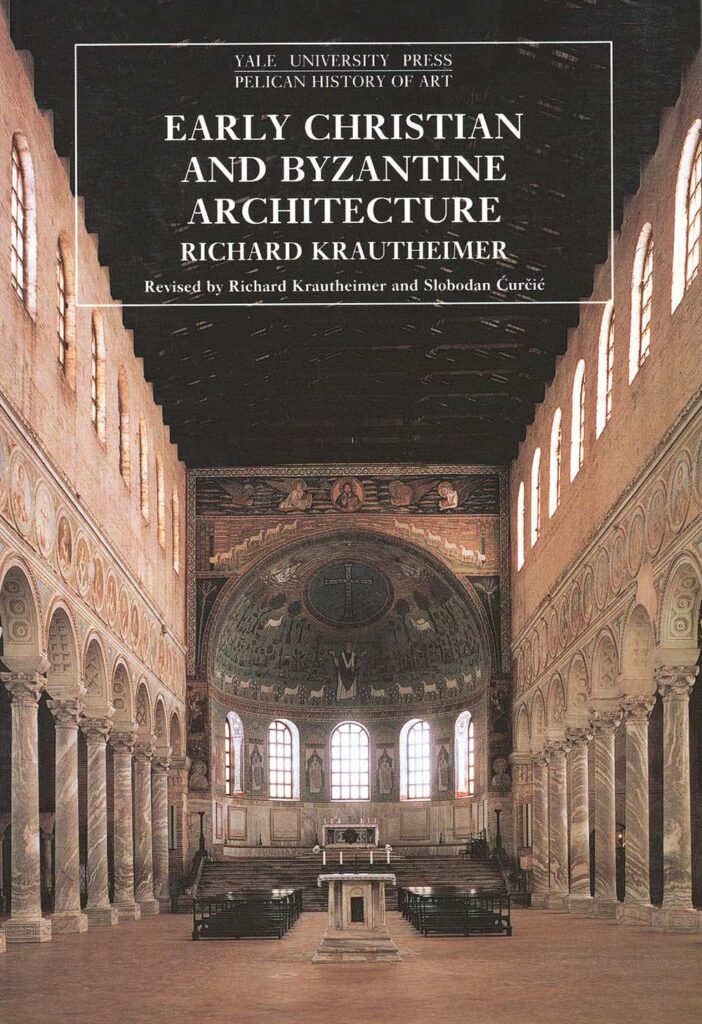
The success of these pioneering efforts can be gauged by the enormous influence they had on other disciplines evident most dramatically in the widespread co-optation of art-historical concepts and terminology. Wölfflinian perceptual categories may be tracked from Erich Auerbach’s Mimesis and the formal analysis of body markings by Claude Lévi-Strauss to the elaboration of Mannerism and Baroque in everything from politics to mathematics. Aby Warburg’s ‘pathos formulas’ found their verbal counterparts in Ernst Robert Curtius’s ‘topoi,’ and the iconographical ‘method’ became a fundamental tool for the study of textual imagery, indirectly through the historical analysis of themes and directly through the explosion of interest in emblematics inaugurated by the literary historian Mario Praz. Over routes such as these, art history became the leading, and most rapidly expanding, humanistic discipline in America.
Most of the mental furniture of the early postwar American scholars was inherited from the psycho-formalistic approach of Riegl and WÖlfflin, as adapted by connoisseurs such as Bernard Berenson and Richard Offner, and the iconographical approach formulated by Warburg and developed in this country by Panofsky. Be it noted that an important factor in the dissemination of these traditions was the extraordinarily fruitful pedagogical technique of our teachers – those miraculously translated Elijahs bringing the good word from the Old World to the New – which reflected the standards of what would now be called ‘positivistic’ Kunstwissenschaft. Panofsky would hand over to every member of his seminars a specific new idea or discovery of his own, just waiting for the enterprising graduate student to work up into an article. Krautheimer was famous for encouraging monographic dissertations on single monuments, which virtually guaranteed the able neophyte a valuable, and publishable, contribution.
The first crack in this edifice of liberal, democratic enlightenment, as I recall, appeared in a convocation speech by James Ackerman, one of the most brilliant and concerned members of that group, at a College Art Association meeting in 1958, in which the notion (not yet the word) ‘relevance’ was introduced in our discipline. Essentially, Ackerman argued that art history, particularly in America, was becoming a hyper-specialized and increasingly fragmented pursuit of facts and value-free objectivity. We had ceased to think seriously and conscientiously about the presuppositions and goals of our endeavors, and he called for a return to the spirit of critical inquiry that had inspired the pioneers of the field. In doing so, however, Ackerman took what now seems like an inevitable turn that gave theory a radically new cast. He linked the boom in specialization and the bust in speculation to a failure to communicate with the general public. In the absence of theory, art history had become myopic and introspective, divorced from the real conditions of our time. Ackerman’s paper struck a responsive chord in the younger students then emerging, for whom liberal democracy was becoming identified with hypocritical and exploitative commercialism, and many of the critical ideas we now associate with theory were engendered then. During the 1960s the association between theory and public communication was taken a portentous step further, barely adumbrated in Ackerman’s paper, by equating communication with social responsibility generally, and so in the name of theory the art historian ceased aspiring to be a disinterested interpreter of the past, and became an active participant in the effort to reform society by challenging its values and ameliorating its ills. The scholarly discipline was informed by an explicitly moral purpose.
A major reorientation has thus taken place. When I started out, theory still had its classic sense of an abstract structure in which individual phenomena might be accorded a reasonably explicable place, and within the parameters of which an evolutionary process might be discerned without value judgments or any other form of tendentious manipulation. Theory now has a very different meaning, of which tendentiousness has become, unabashedly, the very trademark. The revision has been progressive, passing through a sometimes bewildering series of more or less interrelated ideologies, from Marxism to multiculturalism. Marxism had pre-war roots, but many of those who espoused Marxism in the twenties and thirties (most notably, in our field, Meyer Schapiro) became disenchanted when confronted by the brutally repressive realities of Stalinism and dictatorship by the proletariat. The later neo-Marxists ignored, rationalized, or sublimated these contradictions, producing, instead, an art history that chronicled, explicitly or implicitly, the brutally exploitative realities of capitalist culture, culminating in that Evil Empire of the West, the great citadel of consumerist vulgarity, the United States of America. The subsequent flood of interpretive “strategies” (to co-opt a usage normally applied to the artist, but now increasingly to the historian as well)structuralism, deconstruction, semiotics, symbolic anthropology, patronage, rhetoric (which includes not only the devices the artist employs on behalf of his work, but also those he deploys on behalf of himself), collective social history (mentalités), micro-history, new historicism, cultural studies, critical theory, reception theory, feminism, queer studies, multiculturalism has enriched the field beyond measure. Besides attesting to the intellectual and social ferment of our time, each development has broadened the perspective from which works of art may be viewed with profit (rarely with pleasure), revealing unsuspected facets of meaning and value. Not only has the discipline been greatly expanded; it has also in turn become accessible to scholars throughout the humanities; historians, philosophers, anthropologists, sociologists, literary historians, musicologists – for whom art has now become to an unprecedented degree an integral part, if not the main subject, of their study. But these acquisitions have not been made without cost. One counterproductive effect, ironically, has been attendant upon the emergence of theory itself as a field of specialization, with vocabulary and syntax often quite inaccessible even to professionals, never mind the general public with whom Ackerman was so preoccupied.
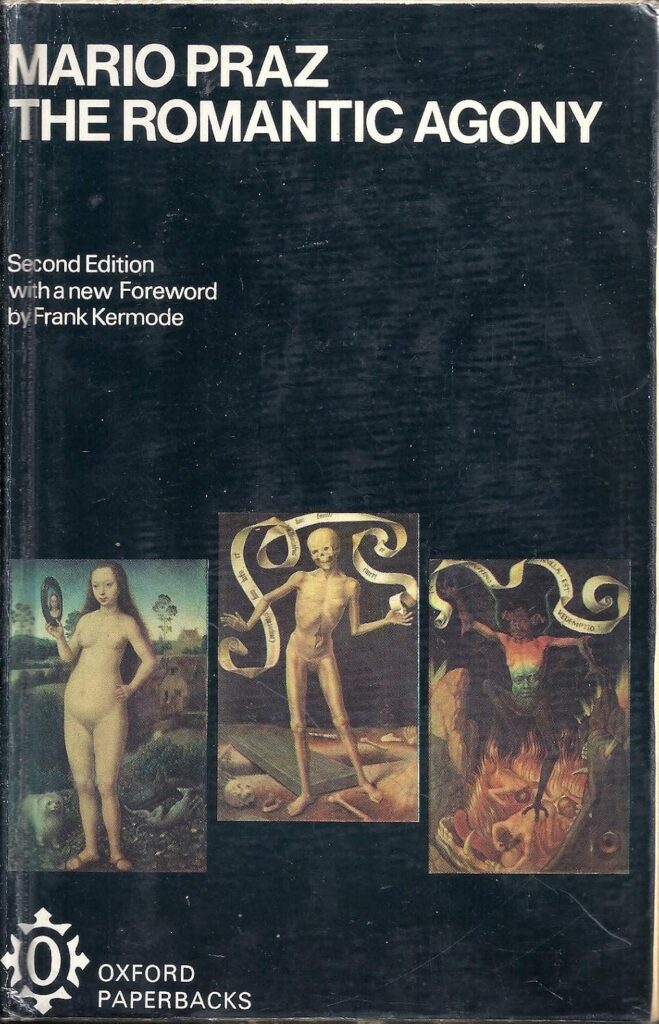
Devisualization / Hypercontextualization
Disparate as were the individual approaches of the pioneers who built the conceptual framework of art history, they shared a common purpose. They were intent upon establishing the autonomy of visual experience, the basic premises from which the nature of works of art could be grasped in purely formal terms. They were by no means unaware or unheedful of other factors that condition artistic creation, but other factors are not unique to art history, whose autonomy as a discipline ultimately rests on its capacity to comprehend works of visual art on sight, as it were. The focus of theory has since been inverted to the point that two of its original mainstays, the analysis and history of style as such, and connoisseurship (localization, dating, and attribution), have all but disappeared from the art historian’s ken. Attention has shifted almost entirely to the circumstances under which art is created – social, economic, political, and psychological factors are the suspects usually rounded up – so that the visual taxonomy of art has become a lost art. Perhaps inevitably, art history has itself been subjected to the same process with the fetishization of interdisciplinary approaches that have effectively reversed its position of leadership in the humanities. The interest and value of art-historical studies are now determined almost in direct relation to the methods and terminology they display that have been appropriated from elsewhere.
Instrumentalization
A concomitant of the devisualization / hypercontextualization process has been the tendency to regard the work of art primarily as a response to the external circumstances of its creation, and finally as an effort to manipulate them. The artist is no longer thought of as expressing himself but as representing (read promoting) himself, and the art historian has become a kind of voyeur who ‘sees’ the reality behind the façade. The work of art becomes an instrument designed to achieve success and power for the patron (buyer) or the artist, or both. The attitude has its proximate derivation in aspects of symbolic anthropology, in which artefacts (including social practices, also called rituals) are endowed with the affective aura of fetishes to effect a willing acceptance of a given social order. The motivation for this view is fundamentally political, and the key to the strategy is the notion of ‘empowerment,’ which thereby acquires a fetishistic aura of its own. The whole mechanism can be ratcheted up, or down, a notch and applied to the historian himself, so that now the agenda of the meta-historian is concealed beneath his own self-representation as an ‘authentic’ voyeur of his colleagues, past and sometimes present. Reality vanishes in a concentric sequence of colorful but ultimately empty Russian dolls. In view of all these developments it might be said with some justice, 1 think, that the present crisis of art history is that it is no longer itself. Art history has lost its identity.
A Natural Science of the Spirit
How the field will survive these assaults on its integrity remains to be seen, but it surely must, and on the chance it might be helpful 1 conclude by repeating here the principles of a sort of professional credo of my own. They are excerpted from a rumination, much aware of Ackerman’s, written in response to an invitation from Lucy Freeman Sandler, then president of CAA, to address the convocation at the annual meeting in 1983.
The credo consists of five tenets – I call them assumptions because 1 doubt whether in the long run any of them is demonstrably valid or invalid – underlying my conception of art history, which I defined as a ‘natural science of the spirit.’
Assumption 1: Anything man-made is a work of art, even the lowliest and most purely functional object. Man, indeed, might be defined as the art-making animal, and the fact that we choose to regard only some man-made things as works of art is a matter of conditioning.
Assumption 2: Everything in a work of art was intended by its creator to be there. A work of art represents a series of choices and is therefore a totally deliberate thing – no matter how unpremeditated it may seem, and even when ‘accidents’ are built into it deliberately. We can never be sure that the artist did not know what he was doing or that he wanted to do something other than what he did – even when he declares himself dissatisfied with his creation.
Assumption 3: Every work of art is a self contained whole. It includes within itself everything necessary for its own decipherment. Information gathered from outside the work may be useful, but it is not essential to the decipherment. On the other hand, outside information (which includes information from or about the artist himself) is essential if we want to explain how the work came to have its particular form and meaning.
Assumption 4: Every work of art is an absolute statement. It conveys as much as possible with as little as possible. The work of art is one hundred percent efficient, and to paraphrase Leon Battista Alberti’s classic definition of Beauty, nothing could be added, taken away, or altered without changing its message. Alberti was referring simply to the relationship among the parts, whereas I mean to include the very substance of the work itself.
Assumption 5: Every work of art is a unique statement. It says something that has never been said before and will never be said again, by the artist himself or anyone else. Copies or imitations, insofar as they are recognizable as such, are no exception, since no man can quite suppress his individuality, no matter how hard he may try. Conversely, no matter how original he is, the artist to some extent reflects the work of others, and it is purely a matter of convention that we tend to evaluate works of art by the degree of difference from their models.
The chief virtue of these assumptions is that they help to assure each human creation its due. What it is due may be defined as the discovery of the reciprocity it embodies between expressive form and content. I do not pretend that my own work has ever met the criteria implicit in any of my assumptions. Yet they are much more to me than philosophical abstractions. They represent the obscure but persistent demons that prod me to think about a work in the first place. And, once the process begins, they are intellectual pangs of conscience that lead me to mistrust distinctions between conscious and unconscious creativity, between mechanical and conceptual function, between the artist’s goal and his achievement. Finally, they are what drive me from the work itself into archives, libraries, and classrooms, in search of illumination.
